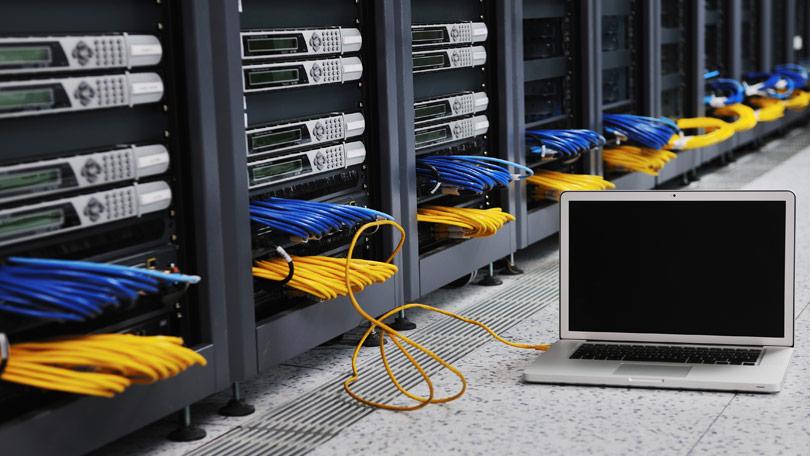RAID is a redundant set of independent disks, and has a direct influence on the security of your data and the performance of your server.
RAID is called disk drive mirroring technology, which aims to improve the security of the data stored in them, as well as speed up access to information.
Why use (or not use) RAID
As a general rule, whenever possible we should make use of RAID on any dedicated servers, since the cost of this technology is relatively inexpensive these days.
Secure gain (through data redundancy) compensates for the higher investment as well as ease of recovery from Westchester RAID data recovery services in case of disaster is also a more than sufficient justification for including this technology in all machines.
So there is no reason not to use RAID.
The cost of RAID may be slightly higher when physical controllers – hardware – are required for deployment. However, RAID software is efficient enough for most cases without incurring additional costs and complexity.
RAID levels
RAID disk arrays are often categorized into “levels” according to how they are configured. Data in a RAID array can be mirrored, fragmented, or a combination of these.
RAID 0 – There is no mirroring. However, some of the information is stored physically in one unit, part in another.
RAID 1 – Similar to RAID 0, it also requires two disk drives to work. The total space will equal the size of a drive.
RAID 5 – Already, RAID 5 requires at least three disks and features both RAID 0 and RAID 1: data is distributed across all disks.
RAID 10 – It is the fastest, most complex and reliable RAID level. It’s actually called 10 or 1 + 0 because it combines the RAID 0 data distribution features with RAID 1 redundancy.
Other levels of RAID
There are other levels of RAID (2, 3, 4 and 6) that we purposely do not cover here because they are rarer and our goal is to clarify and not be thorough to the extreme.
RAID does not replace backups!
As a final warning, keep in mind that RAID, no matter how it is done, does not replace or supersede the need for a good backup policy.
It’s never too much to remember a common joke in the company’s IT environments that went bankrupt after a break in their computers because they had an excellent backup policy but had never thought of NY RAID data recovery.







